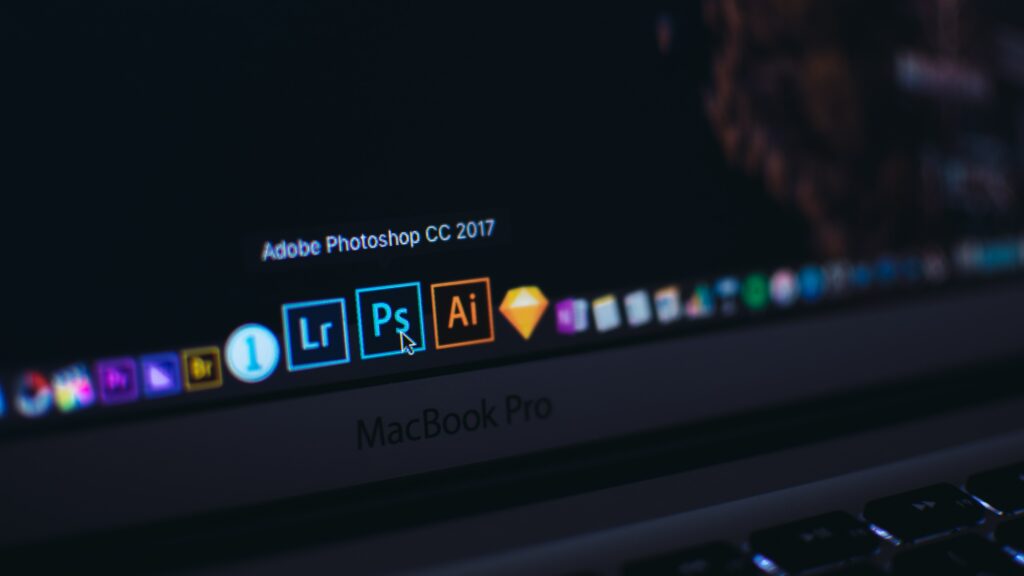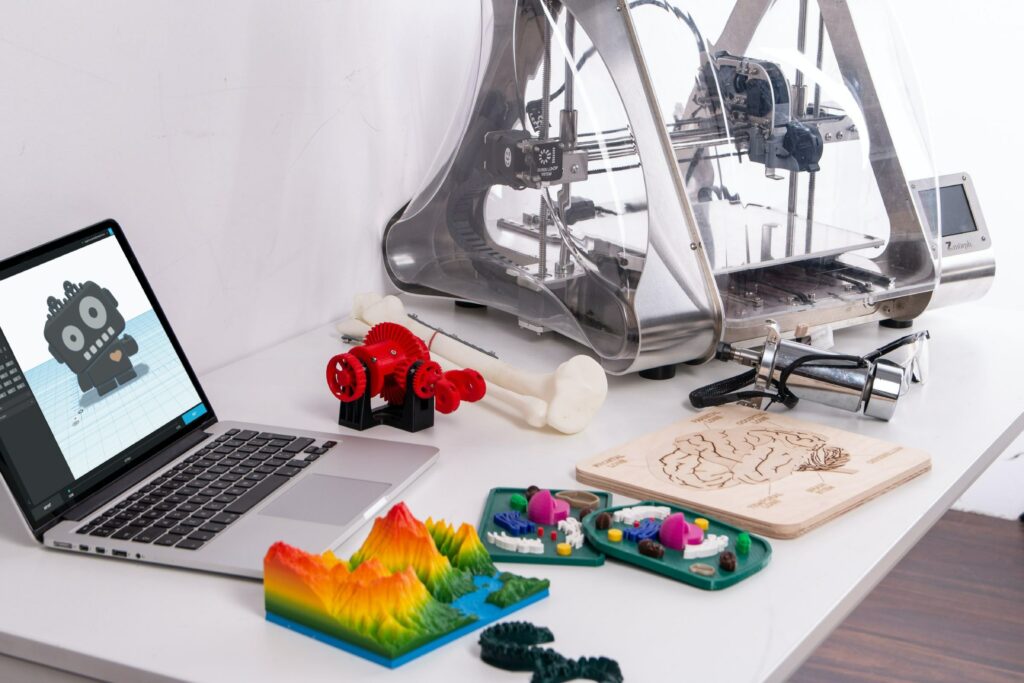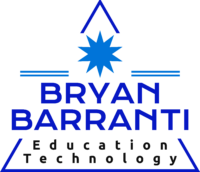Definition
What is the reality of educational technology in my context? First, I must define what I am going to refer to as educational technology. According to Wikipedia, “Educational technology… is the combined use of computer hardware, software, and educational theory and practice to facilitate learning.” For the purpose of this post I will use this definition when describing educational technology within the context of my school and school district.
My Context

Hardware
Within my school district we are fortunate to have many types of technology available for students at all grade levels and subject areas. Of course in this day and age there are computer labs in all schools now. In addition, all schools also have “Chromecarts” consisting of a class set of 30 Google Chromebooks varying by the size of the school. For example, my middle school of approximately 630 students has 17 Chromecarts; therefore, nearly one chromebook for 80% of the students at any given time. The elementary schools also run a “Wireless Writing” program that provides every grade 5 and 6 student with an Apple iPad tablet for their school work.
Software

My school district subscribes to many different software programs, apps and suites. We have the Microsoft Office Suite, along with Microsoft 365, installed in all platforms for mostly staff use and high school students to learn. Further, we have Microsoft Teams which is mostly used for administrators and management though for networking and conferencing through. Another great suite installed on all platforms is the Google Apps For Education (GAFE). All students and staff are given a unique @learn60.ca email address which gives us all access to the numerous apps within GAFE; however, most notably access to Google Classroom which is used at nearly every grade level by the majority of teachers in my district.
There are, of course, many other softwares installed in my district that are more specific to the teacher, the class, or the school. For example, CorelDraw and Adobe Photoshop for various graphic design classes. As well as dictation software for our resource room and for specific students with their unique disabilities and needs.

Specialized Educational Technologies
Our district is also very fortunate to have many modern technologies used in industry. SMART Board interactive whiteboards are common throughout the majority of our schools, along with SMART document cameras and LED projectors in almost all classrooms and learning spaces. Nearly every school at all levels has 3D printers and applicable design software, from beginner level 123D and TinkerCad to more advanced Fusion 360 and Autocad. The district tech department also has numerous 3D printers assisting schools with their printing needs for higher volume. In addition, nearly every school has Silhouette vinyl cutting machines in their Makerspace rooms as well as in many classrooms.
Our middle schools and secondary school further have BossLaser CNC Laser cutting and engraving machines with RDWorks and LightBurn software, CWI CNC Router wood carving and cutting machines with Vectric Aspire software, and PlasmaCam CNC Plasma metal cutting machines with its own proprietary software. Our woodshops further have SawStop table saws with their “revolutionary safety system [that] reduces what could be a potentially life-changing injury into a scratch by stopping the spinning blade on contact with skin” (SawStop website).
Educational Theory and Practice
We are very fortunate to have these educational technologies in our schools. However, all this hardware, software and machinery is only as good as the professional development and training is to assist teachers in using and thus teaching these technologies. As mentioned previously, the district tech department is an excellent resource for many of these educational technologies as they offer in-service and training for district staff. Our local professional development committee and local specialty associations offer financial aid opportunities for teachers to attend conferences, workshops and other training opportunities we may discover. Another opportunity we have is weekly collaboration among peers built into our timetables for teachers to assemble and discuss common interests such as technology with the purpose of helping one another further their education within these areas.
Conclusion
Looking back at all of these computer hardware, software, and educational theories and practices we have in our district to further facilitate students’ and our own learning as teachers, we are very fortunate in my school district. Many of these educational technologies came to us through external grants and relationships with industry, not just solely from funding sources within our district and government. Nonetheless, our district has played an integral part in supporting teachers and students to entangle these technologies within the pedagogies of our daily lessons. With this support in our schools, we are able to provide exposure of modern educational technology to our students for this rapidly changing technological world in which we live and experience.
